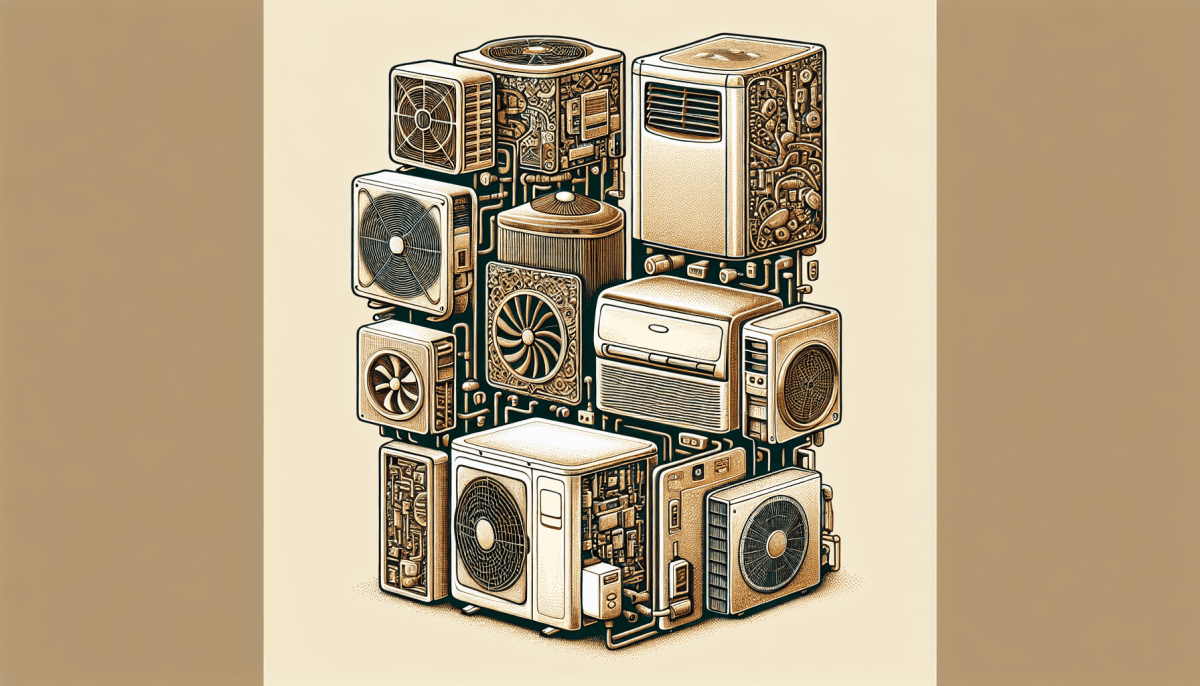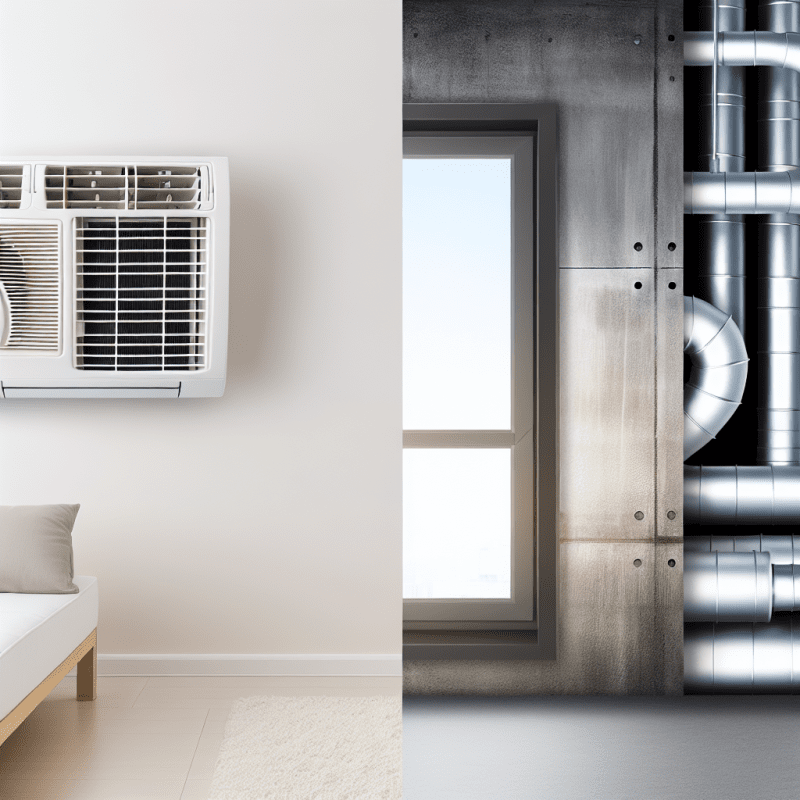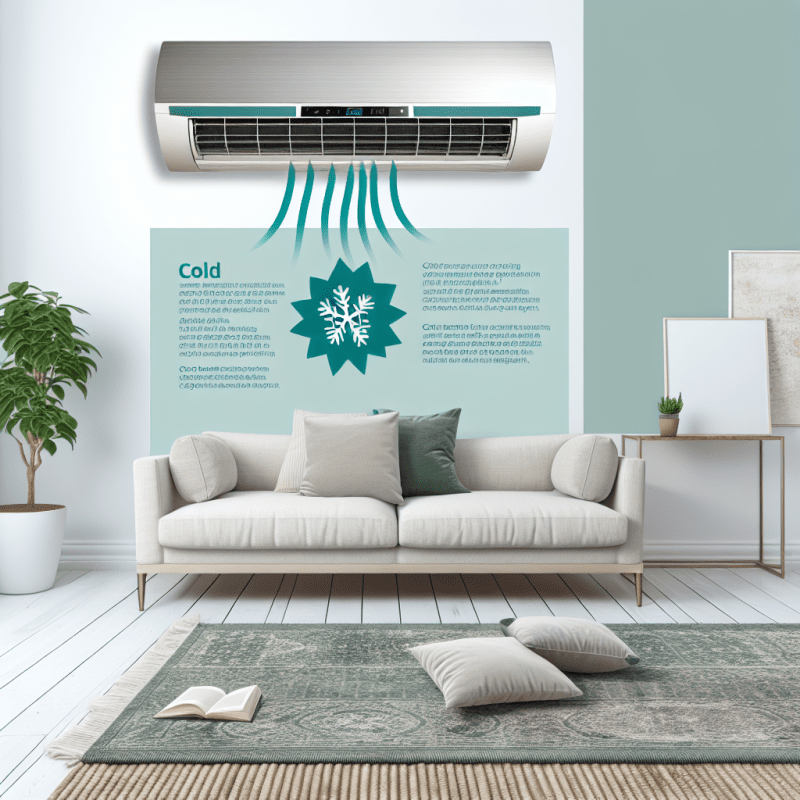Air conditioning, a luxury we often take for granted today, has a rich history that spans centuries. The concept of cooling indoor spaces can be traced back to ancient civilizations. For instance, the Egyptians used hand-operated fans to create a cooling effect during hot summer months. Similarly, the ancient Romans built elaborate systems of aqueducts and circulated cool water through the walls of their buildings, providing relief from the scorching Mediterranean heat.
It was not until the 19th century that modern air conditioning technology began to emerge. One significant development was in 1902 when Willis Carrier invented the first electrical air conditioner. His invention used a compressor to circulate refrigerant, controlling both temperature and humidity. The creation of this first mechanical air conditioning unit revolutionized industries, allowing for temperature control in industrial processes and making large public spaces, like movie theaters, more comfortable for patrons. However, these early air conditioners were bulky and primarily used for commercial purposes.
In the mid-20th century, air conditioning units started to become more accessible for residential use. Innovations such as window air conditioners, introduced in the 1930s, brought cooling to individual homes. This marked a turning point that would reshape modern living. As technology advanced, so did the efficiency and design of air conditioners. Central air systems, which cooled entire buildings or homes using ductwork and vents, gained popularity in the 1970s and continue to be the primary choice for homeowners today. Moreover, in recent years, eco-friendly advancements, such as solar-powered air conditioning and energy-efficient models, have taken center stage in efforts to reduce the environmental impact of cooling systems.
Inception of Cool Breezes: AC Units Through the Ages
Inception of Cool Breezes: AC Units Through the Ages
Air conditioning (AC) has become an essential component of our modern lives, providing cool and comfortable environments even in the hottest of climates. However, the concept of artificially cooling indoor spaces can be traced back centuries. Let's take a journey through history as we explore the evolution of AC units and their impact on society.
Ancient Cooling Techniques
The earliest attempts at cooling indoor spaces can be found in ancient civilizations. In the third century BC, the ancient Egyptians used a rudimentary form of evaporative cooling by hanging wet reeds in their windows. As the air passed through the moistened reeds, it provided a slight cooling effect. In the second century, the Romans utilized aqueducts to circulate cool water through the walls of their buildings, reducing indoor temperatures.
From Fans to Mechanical Systems
Fast forward to the 18th century when inventors began experimenting with mechanical cooling systems. Around 1758, Benjamin Franklin and John Hadley discovered that the evaporation of volatile liquids, such as alcohol, could produce a cooling effect. However, it wasn't until 1902 that Willis Carrier invented the first electrical air conditioning unit, which utilized a compressor to cool the air. Carrier's invention was primarily used to control humidity and maintain consistent conditions in industrial processes.
Revolutionizing Modern Life
By the early 20th century, air conditioning began to find its way into public spaces, revolutionizing the way people lived and worked. In 1922, the first movie theater to have air conditioning was opened in the United States, providing a comfortable escape from the summer heat. Over time, air conditioning technology evolved, with the introduction of central air systems in the 1940s, making it possible for entire buildings to be cooled uniformly.
Breaking the Heat Barrier: A Chronological Account of AC Unit Advancements
Breaking the Heat Barrier: A Chronological Account of AC Unit Advancements
In the early 20th century, air conditioning was a luxury only enjoyed by the wealthiest individuals. It wasn't until 1902, when Willis Carrier invented the first electrical air conditioning machine, that this revolutionary technology started to make its way into everyday life. Carrier's invention marked the beginning of an era of AC unit advancements that would forever change the way we live and work.
Fast forward to the 1930s, and improvements in the design and functionality of AC units allowed for more widespread adoption. Developments such as the introduction of coolants like Freon, advancements in compressor technology, and the ability to control temperature and humidity made air conditioning more efficient and cost-effective. As a result, public spaces such as movie theaters, shopping centers, and restaurants began incorporating air conditioning, making it more accessible to the general population.
By the late 20th century, significant strides were made in energy efficiency and environmental friendliness. Engineers developed new technologies to reduce the energy consumption of AC units, such as programmable thermostats and improved insulation. Additionally, the use of ozone-friendly refrigerants such as hydrofluorocarbons (HFCs) became more prevalent, aiming to minimize the environmental impact of air conditioning systems.
Today, air conditioning units are not only more energy-efficient and environmentally friendly but also more advanced in terms of technology integration. Smart AC units can now be controlled remotely through smartphone apps and are even able to learn from user preferences to optimize comfort and energy usage. This seamless integration of technology and HVAC systems continues to push the boundaries of what air conditioning can offer, leading to further advancements in the future.
Cooling the World: A Dive into the Evolution of AC Units
The invention of air conditioning units revolutionized the way we live, work, and relax. From the scorching heat of summer to the stifling humidity of tropical climates, AC units provide us with the comfort and relief we crave. But how did these modern marvels come to be? Let's take a journey through the history and evolution of AC units.
It all started in the early 1900s when the first air conditioning systems were developed to enhance industrial productivity. Willis Carrier is widely regarded as the father of modern air conditioning. In 1902, he constructed the first mechanical cooling system for a printing company in New York. Carrier's invention not only regulated the temperature but also controlled humidity, making it a huge success. Soon after, AC units found their way into movie theaters and large buildings, ensuring optimum comfort for patrons and employees alike.
As the demand for air conditioning grew rapidly, further innovations were made. In the 1930s, AC units became smaller and more affordable, allowing them to be installed in residential buildings. This marked a significant turning point as air conditioning transitioned from a luxury to a commonplace amenity. The introduction of window units in the 1940s made it even more accessible for households to experience the benefits of cooled air, bringing comfort and relief into countless homes.
In recent years, AC units have continued to evolve to meet the demands of a changing world. With the increasing need for energy-efficient solutions, manufacturers have developed eco-friendly air conditioning systems that reduce energy consumption while providing optimal cooling. Additionally, the emergence of smart technology has allowed for remote control and advanced programmability, enabling users to achieve personalized comfort and save energy at the same time.



